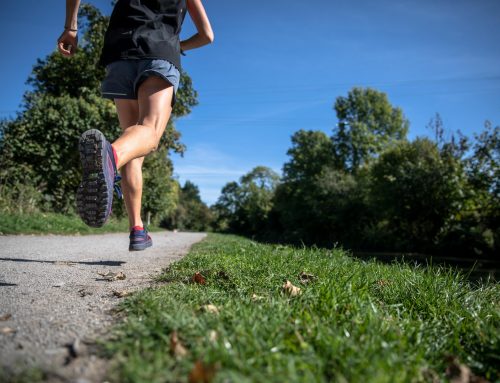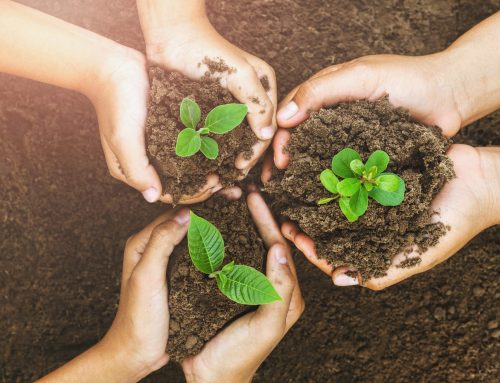As we hit 2021’s mid-way point, here is the latest that is happening in the land of Oz both at a federal government level and also in the mainstream media.
Australian Government Committee
Australian Government’s The Department of Health is creating a Biotoxin-related Illnesses Advisory Committee.
The committee will consider the outcomes of a review examining evidence of treatments for patients presenting with complex illnesses that are difficult to diagnose, including biotoxin-related illnesses and those with chronic inflammatory response syndrome (CIRS)-like conditions. The committee will also guide the development of clinical guidance to assist General Practitioners (GPs) and health professionals in the diagnosis, treatment and management of these complex illnesses.
In October 2018, the House of Representatives Standing Committee on Health, Aged Care and Sport issued its Inquiry Report into Biotoxin-related Illnesses. The Committee reviewed the prevalence, diagnosis and treatment of biotoxin-related illnesses and recommended that the Department of Health:
- conduct a review into the treatment of patients presenting with complex illnesses that are difficult to diagnose such as biotoxin-related illnesses and those with CIRS-like conditions;
- develop clinical guidelines for GPs for the diagnosis, treatment and management of CIRS-like conditions, in consultation with patient groups, medical practitioners, and health bodies.
ISEAI staff member Caleb Rudd, on behalf of Toxic Mould Support Australia (TMSA), and ISEAI Diplomate Dr. Sandeep Gupta, on behalf of the Australian Chronic Infectious and Inflammatory Disease Society (ACIIDS), have been invited to join the committee.
Australian Government Research Funding
The National Health and Medical Research Council, Australia’s main source of public scientific funding, has a AUD $2 million grant opportunity for research into Biotoxin-related illnesses in Australia. The objectives of the 2021 targeted call for research are to:
- Develop a scientifically valid, evidence-based understanding of the pathophysiology and aetiology of CIRS and other biotoxin-related illnesses.
- Establish a case definition for CIRS and other biotoxin-related illnesses that will guide testing and diagnosis, including the identification of potential biomarkers.
- Develop an evidence base that will underpin treatment and management strategies.
More details can be found on the grant page.
PhD Research
Lisa Coulburn has launched an online survey as part of her PhD for the Queensland University of Technology. This survey covers the three main aspects—home environment, health, financial—of participants who have experienced dampness and mould in an Australian home. This type of research is sorely lacking in Australia and could help inform future research.
Australian Mainstream Media
National television
Broadcaster SBS televised a segment on CIRS on their program The Feed on June 22. This focussed on Sean Di Lizio’s story of exposure to water-damaged buildings, subsequent development of a multi-system, multi-symptom illness, and eventual recovery. It also featured an interview with Dr. Sandeep Gupta, along with an industrial hygienist, and a toxicologist. Sean has also written an in-depth blog post on TMSA about his journey.
A shorter segment on preventing and remediating mold was televised in March on 7 News, and featured the head of Building Biology Australia Nicole Bijlsma, PhD.
National radio
In May, popular youth radio station Triple J broadcast a segment on their Hack program, Is your rental making you sick?, that also featured a written article.
National news articles
Mould, water-damaged buildings, and the health issues they factor into have featured prominently in the mainstream media so far this year:
- Feb 20. Mould in rental homes under the spotlight as family claims health problems from mouldy house. ABC News
- Feb 23. Mould infestations at Sydney social housing block leaves residents living in fear. ABC News.
- Mar 18. ‘It can kill you’: Expert’s urgent health warning about mould as wet weather lashes coast. News.com.au
- May 12. Specialists fear debilitating mould-related illnesses go undiagnosed, call for further research. ABC News.
- May 15. Black mould an invisible threat growing behind walls of flood-affected homes. ABC News.
- May 28. NSW tenants need extra help as cold, mould and damp become big issues. Realestate.com.au
- Jun 18. Melbourne apartment defect horror leaves owner with health issues. Domain.
- Jul 7. Sydney woman reveals crippling mould health battle as government develops GP guidelines. 9 News.
- Jul 12. This house was too ‘unhealthy’ to live in, but David did. Experts say many Australians are in similar rentals. ABC News.
- Jul 30. Household mould is making some Illawarra families sick. Illawarra Mercury. [PayWall].






Leave A Comment